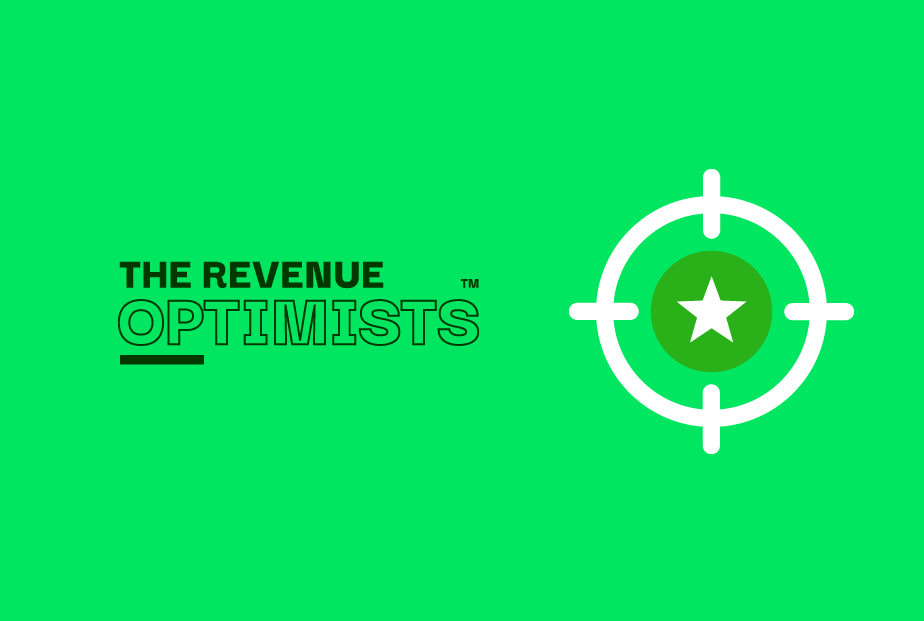
How do you track pipeline velocity & forecast accuracy?
Brooke Treseder gives her insight into tracking an opportunity within the sales funnel.

Video Transcript
Brooke Treseder: Building Salesforce in the sales funnel is how do I track the creation of a lead into Salesforce? How long it takes for lead to convert to stage one opps (opportunity)? and then how long does it take to go through the funnel?
And you can get lots of tools that do this when you get bigger and they can start analyzing for you very easily and give you a lot of data points on this is where things are getting stuck. But this is a base level, I have fields in Salesforce for every stage and I use a flow formerly known as workflows, but a flow, that does a date set to stage two, date set to stage three. And for every stage, I update for the stage two and the date for the stage two plus. So that field tells me did it cross over stage two and just go to stage three. And I update that to stage three dates at the stage three plus.
Now, we’re still working on having a long enough period of time to be able to go back and start doing analysis on how long on average, whether it’s by vertical or sales rep or location opps are staying in each stage. But that’s the that’s the quick and dirty version which I generally built in every org. Because then you have the data, the hard raw data, if you want to export it or in our case, you know how important to Looker. And there are some you know tools that do a great job visualizing your funnel and showing you where things have slipped or moved out.
Which like for forecasting. So for tracking velocity, I have the date set to use to fields. For tracking forecasting, we don’t use the forecast that’s tied to opps sales stages. Almost every sales leader I’ve ever worked with said “no, I don’t want it to go into commit just because the stage moved. I want a blood commit and I commit in blood. I’m gonna close this deal on this date”.
And so, we have a decoupled forecast field which is the sales rep needs to manually put the stage in the field into commit or in the best case. And in the background, I’m capturing what they did they put it into commit and what was the close date at the time that they committed it.
So in January, I could have committed a deal for March close date. And even if the close date changes, I have that original date and then can go back and run a report. Which we’re doing right now in for our MBR deck because we do this monthly in our MBR deck. What was our slippage or what was our you know, how are we doing on forecast accuracy? We committed these 10 deals to close in March. How many of them actually closed versus slipped out?
And that movement in the pipeline is very hard to do in Salesforce. And there’s other tools that do this, Clary of stuff right that will do this for you as overlay to your data. We’re not quite there yet. And so I just gotten this is like the quick and dirty version which is just create some date field, create a flow. When forecast categories change to commit, you capture the close date at commit and the date set to commit. And then I can just run some reports, group it by original closed date and then I’ve got my you know, here’s what you said was going live in January and then here’s the status of all those opps whether they’re open, closed one, or closed opps.
Want to learn more?
Ready to hear more from Brooke Treseder, including insights on pipeline stages, velocity & qualification?
You can listen to her in-depth interview in Episode 11 of the Revenue Optimists series. We’ll see you there.
